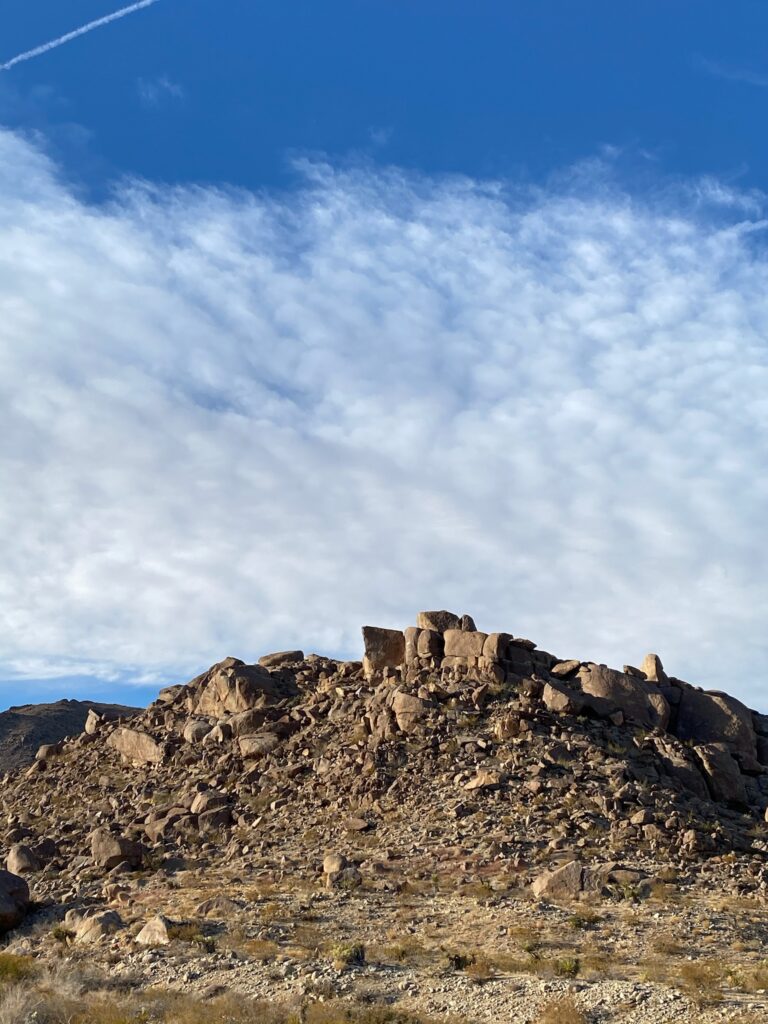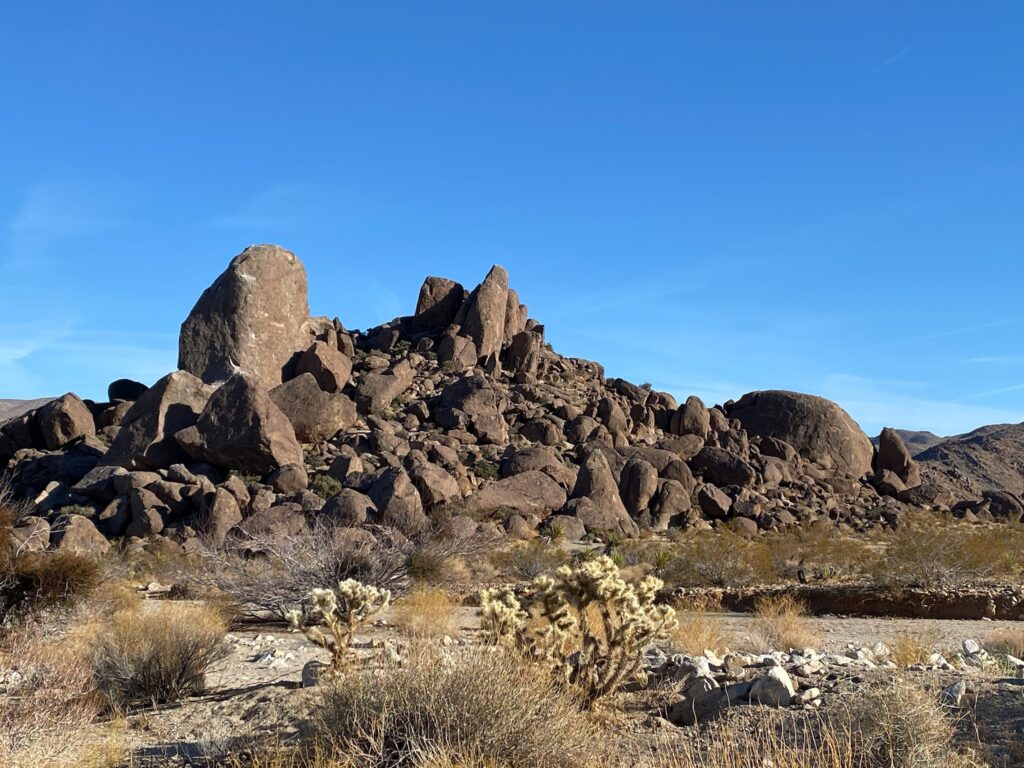Meditating One-Year In: Five Reflections
Joshua Tree National Park, California
Tuesday, January 5, 2021
Meditating One-Year In: Five Reflections
Without conscious plan or intent, I began meditating, on a daily basis, one year ago.
I’d learned the classic Zen method of sitting meditation, Zazen, in the 1980s.
On occasion, I’d practice it. In 2019, I practiced more regularly, but still not daily.

Beginning January 2020, I got in the habit of starting my day with a half-hour of Zazen. Meditation became part of my daily routine, squeezed in between breakfast and working out. Then, perhaps facilitated by the pandemic, I added a second, 30-minute period each and every day.
Here are five reflections on the year-long experience, offered to inform others similarly interested.
The first thing I noticed, lasting a few months, was self-consciousness about breathing and heart rate. I noticed myself starting breaths; I noticed the sound of my heart beating. After a few months, these perceptions fell away. Naturally, the breathing and heart beats continued, but I no longer noticed them.

Secondly, and reminiscent of the concern Arjuna’s expressed to Krishna (who instructed him in meditation) in the Bhagavad Gita, I noticed my thoughts racing. Krishna claimed the mind resisted quieting, that it flew by as if in hurricane-like gusts.
Specifically, Arjuna asked:
For the mind is restless, turbulent, obstinate and very strong, O Krishna, and to subdue it is, it seems to me, more difficult than controlling the wind.
That sensation has yet to pass but, with practice, my thoughts slow down while meditating.
Meditation can be practiced in myriad ways.
In Zen, you simply sit and focus on your breathing. You focus on the abdominal muscles flexing in and out, or on the sound of the breath entering and exiting your mouth.
That’s it.
It’s simple.

The third observation, closely related to the rapidity of thought, concerns categories of thinking. For only the past few months, I’ve noticed myself identifying classifications, like I’m thinking about “my to-do list,” or “my plans for tonight,” or “I’m mentally writing right now.”
Thinking has slowed, yes, and emerges now in categories.
The next experience, the fourth one, sounds mystical.
On occasion, and at various points during the day, I find myself feeling as if I’m passing through plasma. I feel more aware of the air around me, the objects I see or pass by, like the walls of a room, the side of a building, or a tree or flower.
It’s a fleeting sensation.

Who knows for sure, but I believe the walking-through-plasma relates to a growing sense of one-ness, of the connectedness of all things.
The fifth and last one is certainly the most mysterious. And, yet, it is often described in Buddhist and Taoist literature.
It concerns the ego as delusion.
For extremely brief moments, perhaps nanoseconds, I experience the loss of the sense of self.
Scholars of eastern religion, like Krishnamurti, use phrases like:
Meditation without a meditator,
Or,
Thoughts without a thinker.
That’s it.
To quote Elvis Costello’s lyrics to Alison:
My aim is true.
I just wanted to share my experiences with any of you journeying along the same meditative road.
I cannot possibly recommend practicing meditation enough.
It frames your days; it provides a re-set; it slows the mind; it brings peace.
In our fast-paced worlds of mobile phones, email, and post-truths, identifying any truth seems particularly important.
How can learning to live more in the moment—the only real experience because all else involves imagining the future or the past—be anything but good?

Like this post? Subscribe to Psychoanalyzing Life.




